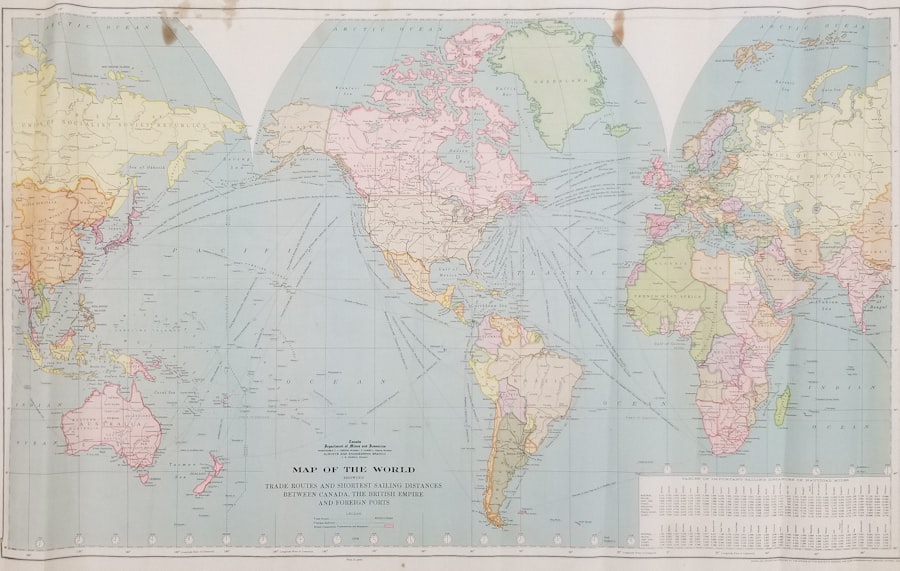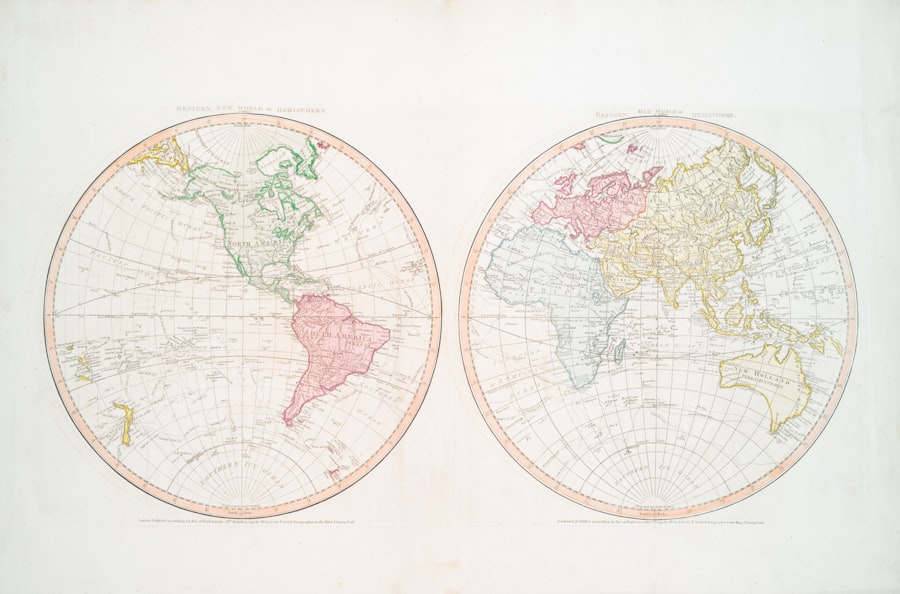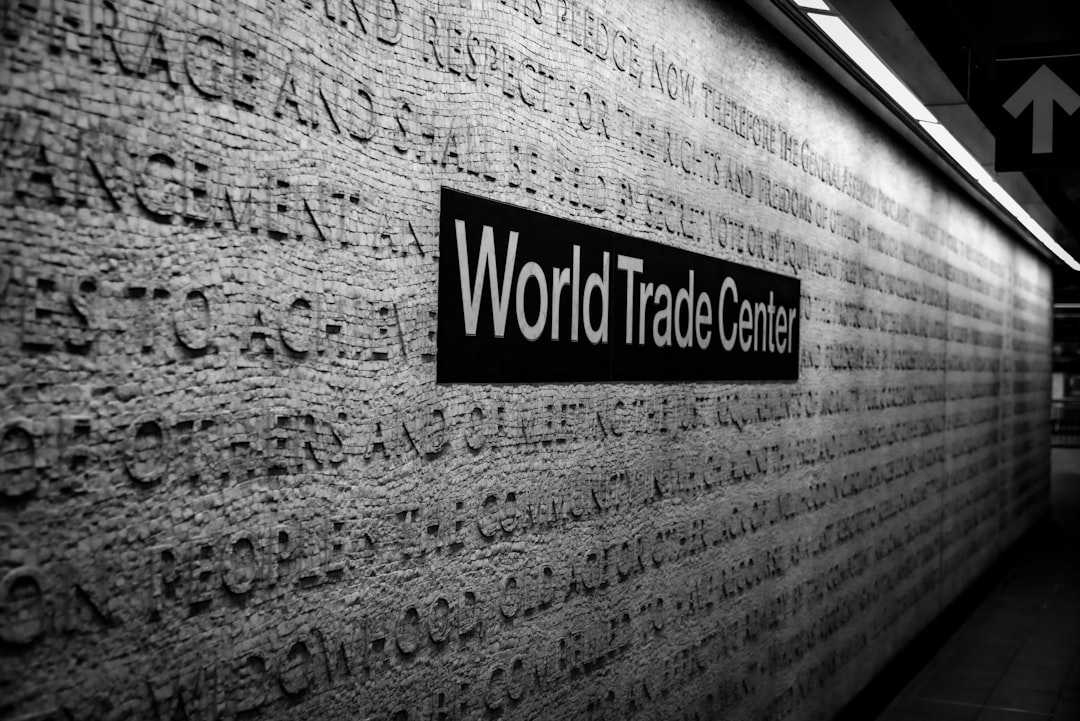Global trade routes have been the backbone of international commerce for centuries, facilitating the exchange of goods, services, and ideas across borders. These routes encompass a complex network of land, sea, and air pathways that connect producers and consumers worldwide. The significance of these routes extends beyond mere transportation; they are vital for economic growth, cultural exchange, and geopolitical relationships.
Understanding the intricacies of global trade routes requires an appreciation of historical developments, geographical considerations, and the evolving dynamics of global markets. Historically, trade routes such as the Silk Road and maritime paths have shaped civilizations by enabling the flow of commodities like silk, spices, and precious metals. In contemporary times, advancements in technology and infrastructure have transformed these routes into highly efficient channels for global trade.
Major shipping lanes, such as the Suez Canal and the Panama Canal, play crucial roles in reducing transit times and costs. As globalization continues to expand, the importance of understanding these trade routes becomes increasingly critical for businesses seeking to navigate the complexities of international markets.
Key Takeaways
- Understanding global trade routes is essential for businesses to optimize their supply chain and expand their market reach.
- Key players in global trade include multinational corporations, government entities, and international organizations that influence trade policies and regulations.
- Trade agreements and tariffs have a significant impact on global trade, and businesses must analyze and adapt to these changes to remain competitive.
- Technology plays a crucial role in efficient trade route navigation, including the use of GPS, blockchain, and data analytics for real-time tracking and optimization.
- Navigating political and regulatory challenges is a critical aspect of global trade, and businesses must stay informed and adaptable to mitigate risks and capitalize on opportunities.
Identifying Key Players in Global Trade
The landscape of global trade is populated by a diverse array of key players, each contributing to the intricate web of international commerce. These players include governments, multinational corporations, small and medium-sized enterprises (SMEs), logistics providers, and financial institutions. Each entity plays a distinct role in facilitating trade, from policy-making to the actual movement of goods across borders.
Governments establish trade policies and regulations that can either promote or hinder trade activities, while multinational corporations often dominate the market due to their vast resources and global reach. In addition to these major players, SMEs are increasingly becoming significant contributors to global trade. With the rise of e-commerce and digital platforms, smaller businesses can now access international markets more easily than ever before.
Logistics providers also play a crucial role in ensuring that goods are transported efficiently and safely. They manage the complexities of shipping, warehousing, and distribution, making them indispensable in the global supply chain. Understanding the roles and interactions of these key players is essential for anyone looking to engage effectively in global trade.
Analyzing Trade Agreements and Tariffs

Trade agreements and tariffs are fundamental components of international trade that can significantly impact the flow of goods between countries. Trade agreements are formal arrangements between two or more nations that outline the terms of trade, including tariff reductions, import quotas, and other regulatory measures. These agreements aim to promote trade by reducing barriers and fostering economic cooperation.
Examples include the North American Free Trade Agreement (NAFTA) and the European Union’s single market. Tariffs, on the other hand, are taxes imposed on imported goods, which can influence pricing and competitiveness in domestic markets. High tariffs can protect local industries but may also lead to trade disputes and retaliatory measures from trading partners.
Analyzing the implications of various trade agreements and tariffs is crucial for businesses seeking to optimize their operations in different markets. By understanding these factors, companies can make informed decisions about where to source materials, how to price their products, and which markets to enter or avoid.
Utilizing Technology for Efficient Trade Route Navigation
| Trade Route | Technology Used | Efficiency Improvement |
|---|---|---|
| Sea route | GPS navigation systems | Reduced travel time by 20% |
| Land route | Automated route planning software | Decreased fuel consumption by 15% |
| Air route | Real-time weather forecasting tools | Improved on-time performance by 30% |
In an era defined by rapid technological advancements, businesses are increasingly leveraging technology to enhance their navigation of global trade routes. Innovations such as artificial intelligence (AI), big data analytics, and blockchain technology are transforming how companies manage their supply chains and logistics operations. AI algorithms can analyze vast amounts of data to predict demand patterns, optimize inventory levels, and streamline shipping processes.
This data-driven approach allows businesses to make more informed decisions that can lead to cost savings and improved efficiency. Blockchain technology is also making waves in global trade by providing a secure and transparent way to track transactions across supply chains. This technology enables real-time visibility into the movement of goods, reducing the risk of fraud and enhancing trust among trading partners.
Additionally, digital platforms facilitate communication and collaboration among stakeholders in the supply chain, allowing for quicker responses to market changes. By embracing these technological advancements, businesses can navigate global trade routes more effectively and remain competitive in an increasingly interconnected world.
Navigating Political and Regulatory Challenges
Political and regulatory challenges pose significant hurdles for businesses engaged in global trade. Changes in government policies, political instability, and regulatory shifts can create uncertainty that affects trade operations. For instance, a sudden change in tariffs or import/export regulations can disrupt established supply chains and impact profitability.
Companies must remain vigilant and adaptable to navigate these challenges effectively. To mitigate risks associated with political and regulatory changes, businesses often engage in thorough market research and risk assessment. Understanding the political landscape of target markets is essential for identifying potential risks and opportunities.
By proactively addressing political and regulatory challenges, businesses can better position themselves for success in the global marketplace.
Leveraging Cultural Understanding in Trade Negotiations

Cultural understanding plays a pivotal role in successful trade negotiations. Different countries have unique cultural norms, values, and communication styles that can influence business interactions. For instance, negotiation tactics that are effective in one culture may be perceived as aggressive or inappropriate in another.
Therefore, it is essential for businesses to invest time in understanding the cultural nuances of their trading partners. Effective cross-cultural communication can lead to stronger relationships and more favorable outcomes in negotiations. Companies that demonstrate cultural sensitivity are often viewed as more trustworthy and respectful by their counterparts.
This can facilitate smoother negotiations and foster long-term partnerships. Additionally, understanding cultural differences can help businesses tailor their marketing strategies to resonate with local consumers. By leveraging cultural understanding in trade negotiations, companies can enhance their chances of success in diverse markets.
Managing Supply Chain Risks in Global Trade Routes
Supply chain risks are inherent in global trade routes due to various factors such as geopolitical tensions, natural disasters, and economic fluctuations. These risks can disrupt the flow of goods and lead to significant financial losses for businesses. To effectively manage these risks, companies must adopt a proactive approach that includes risk assessment, contingency planning, and diversification of suppliers.
Conducting a thorough risk assessment involves identifying potential vulnerabilities within the supply chain and evaluating their potential impact on operations. Companies can then develop contingency plans that outline specific actions to take in response to various risk scenarios. Diversifying suppliers across different regions can also mitigate risks associated with reliance on a single source.
By implementing robust risk management strategies, businesses can enhance their resilience against disruptions in global trade routes.
Developing Strategic Partnerships for Trade Route Optimization
Strategic partnerships are essential for optimizing trade routes and enhancing overall efficiency in global commerce. Collaborating with other businesses, logistics providers, and even government agencies can lead to shared resources, knowledge exchange, and improved operational capabilities. These partnerships can take various forms, including joint ventures, alliances, or informal collaborations.
By developing strategic partnerships, companies can leverage each other’s strengths to navigate complex trade environments more effectively. For example, a manufacturer may partner with a logistics provider to streamline shipping processes or collaborate with local distributors to gain insights into regional markets. Such partnerships not only enhance operational efficiency but also foster innovation by combining diverse perspectives and expertise.
In an increasingly competitive landscape, strategic partnerships can be a key differentiator for businesses seeking to optimize their trade routes.
Implementing Sustainable Practices in Global Trade
Sustainability has emerged as a critical consideration in global trade as businesses recognize the importance of minimizing their environmental impact. Implementing sustainable practices throughout the supply chain not only aligns with consumer preferences but also enhances brand reputation and compliance with regulatory requirements. Companies are increasingly adopting eco-friendly practices such as reducing carbon emissions during transportation, utilizing sustainable materials in production processes, and implementing waste reduction strategies.
Moreover, sustainability initiatives can lead to cost savings over time by improving operational efficiency and reducing resource consumption. For instance, optimizing shipping routes can lower fuel costs while minimizing environmental impact. Additionally, consumers are becoming more conscious of sustainability issues; therefore, companies that prioritize sustainable practices may gain a competitive edge in attracting environmentally aware customers.
By integrating sustainability into their global trade strategies, businesses can contribute positively to society while achieving long-term success.
Adapting to Market Trends and Economic Shifts
The ability to adapt to market trends and economic shifts is crucial for businesses engaged in global trade. Economic conditions fluctuate due to various factors such as changes in consumer behavior, technological advancements, or geopolitical events. Companies must remain agile and responsive to these changes to maintain competitiveness in dynamic markets.
Monitoring market trends involves analyzing consumer preferences, emerging technologies, and economic indicators that may impact demand for products or services. Businesses that proactively adapt their strategies based on these insights are better positioned to capitalize on new opportunities or mitigate potential challenges.
By staying attuned to market trends and economic shifts, businesses can navigate uncertainties more effectively.
Future Trends in Global Trade Route Navigation
As globalization continues to evolve, several future trends are likely to shape global trade route navigation significantly. One prominent trend is the increasing emphasis on digitalization within supply chains. The integration of advanced technologies such as artificial intelligence (AI), machine learning (ML), and Internet of Things (IoT) devices will enable real-time tracking of shipments and predictive analytics for demand forecasting.
Additionally, sustainability will remain a key focus as consumers demand greater accountability from businesses regarding their environmental impact. Companies will need to adopt innovative practices that align with sustainability goals while maintaining efficiency in their operations. Furthermore, geopolitical factors will continue to influence trade dynamics; thus businesses must remain vigilant about potential shifts in international relations that could affect their supply chains.
In conclusion, navigating global trade routes requires a multifaceted approach that encompasses understanding historical contexts, identifying key players, analyzing agreements and tariffs, leveraging technology, managing risks, fostering cultural understanding, developing partnerships, implementing sustainable practices, adapting to market trends, and anticipating future developments. As the landscape of global commerce continues to evolve rapidly, businesses that embrace these principles will be better equipped to thrive in an interconnected world.
Global trade routes have been the lifeblood of international commerce for centuries, facilitating the exchange of goods, culture, and ideas across continents. These routes have evolved over time, adapting to technological advancements and geopolitical shifts. An interesting perspective on this topic can be found in a related article on MyGeoQuest, which delves into the historical significance and modern implications of these trade pathways. For more insights, you can read the full article by visiting this link.
WATCH NOW! Unlocking Disaster: 7 Choke Points That Could Fracture Our Connected World Overnight
FAQs
What are global trade routes?
Global trade routes are the pathways and networks through which goods, services, and resources are exchanged between different countries and regions around the world.
Why are global trade routes important?
Global trade routes are important because they facilitate international trade and economic exchange, allowing countries to access a wider variety of goods and resources, and to participate in the global economy.
What are some examples of historical global trade routes?
Some examples of historical global trade routes include the Silk Road, which connected China with the Mediterranean region, and the Trans-Saharan trade routes, which linked North Africa with sub-Saharan Africa.
How have global trade routes evolved over time?
Global trade routes have evolved over time due to advancements in transportation and communication technologies, changes in political and economic systems, and shifts in global trade patterns and alliances.
What are some modern global trade routes?
Some modern global trade routes include the Suez Canal, which connects the Mediterranean Sea with the Red Sea and provides a shortcut for shipping between Europe and Asia, and the Panama Canal, which connects the Atlantic and Pacific Oceans.
How do global trade routes impact the global economy?
Global trade routes impact the global economy by influencing the flow of goods, services, and resources between countries, shaping international trade patterns, and contributing to economic growth and development.
